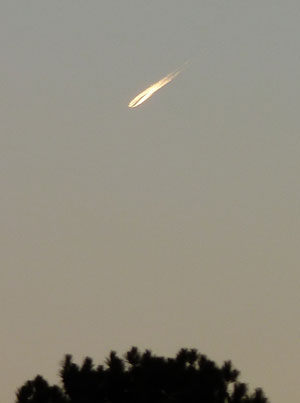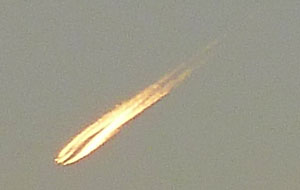OF THE
TIMES
A nation that continues year after year to spend more money on military defense than on programs of social uplift is approaching spiritual doom.
I reported it yesterday morning. I had seen the report in the French news the day before already. [Link]
I wonder if the people who do have conversations with themselves have trouble quieting the mind, as for meditation.
Elon should put X on the 'plaid mode'....lol
When isreali's realise that they too are victims of this regime they will then know their true status. This regime has but one mission. To further...
How George Washington lost his cherry...
To submit an article for publication, see our Submission Guidelines
Reader comments do not necessarily reflect the views of the volunteers, editors, and directors of SOTT.net or the Quantum Future Group.
Some icons on this site were created by: Afterglow, Aha-Soft, AntialiasFactory, artdesigner.lv, Artura, DailyOverview, Everaldo, GraphicsFuel, IconFactory, Iconka, IconShock, Icons-Land, i-love-icons, KDE-look.org, Klukeart, mugenb16, Map Icons Collection, PetshopBoxStudio, VisualPharm, wbeiruti, WebIconset
Powered by PikaJS 🐁 and In·Site
Original content © 2002-2024 by Sott.net/Signs of the Times. See: FAIR USE NOTICE


but can we at least get the terminology right ? These are called COMETS. Big ones from COM-ing into the earth's atmosphere. Now a meteor coming from the greek word "meteoro" is an object hanging motionless in space. Even the term "asteroid belt" around Mars is incorrect. It's a "meteroid belt". Aster is star with an "e" and the letters mixed up. The word also comes from the greek word "astro" which means something that shines.